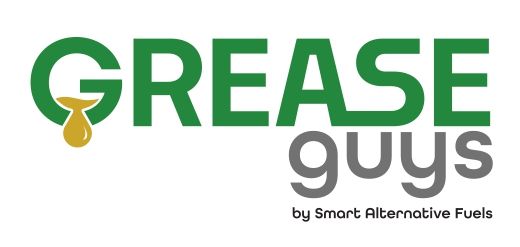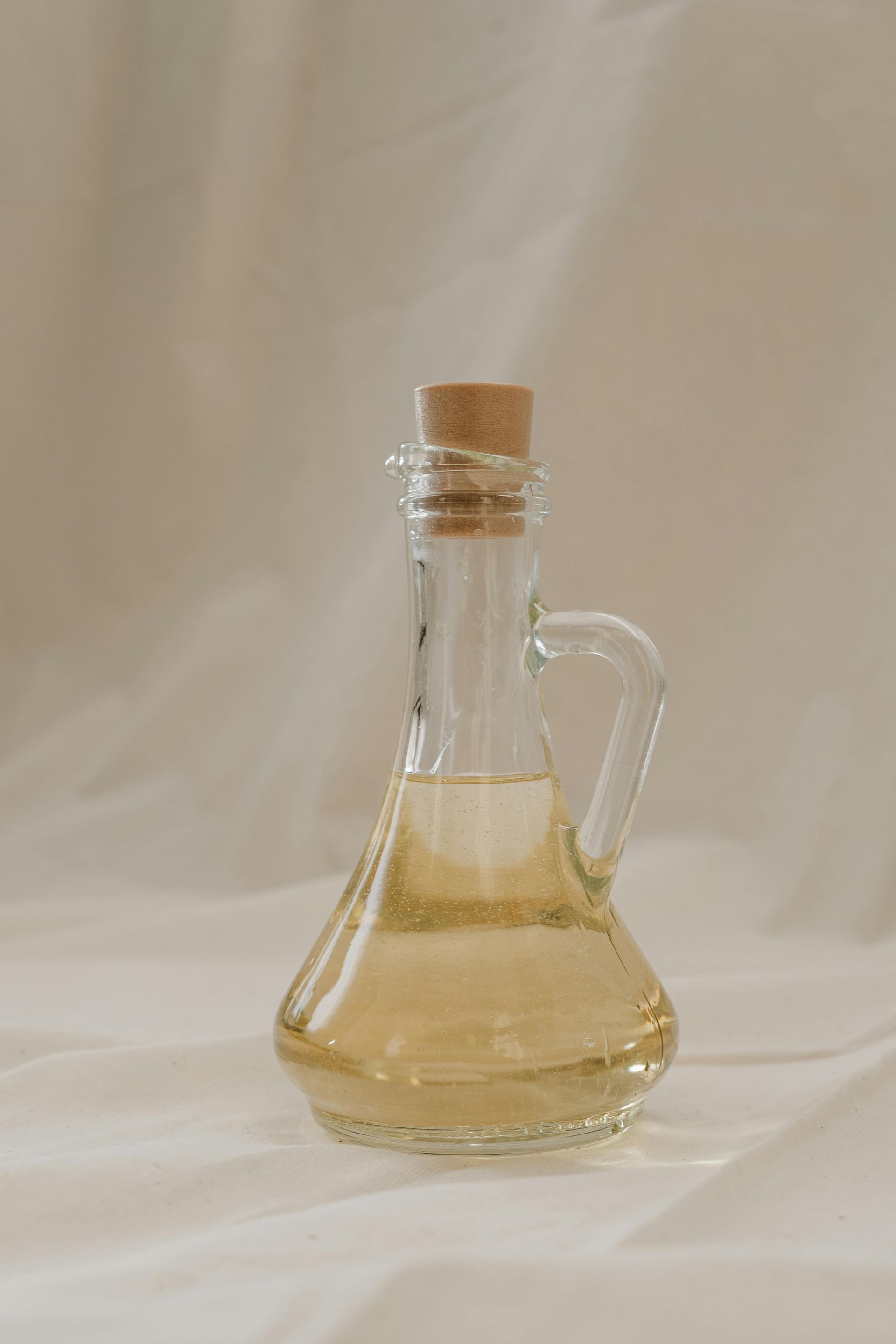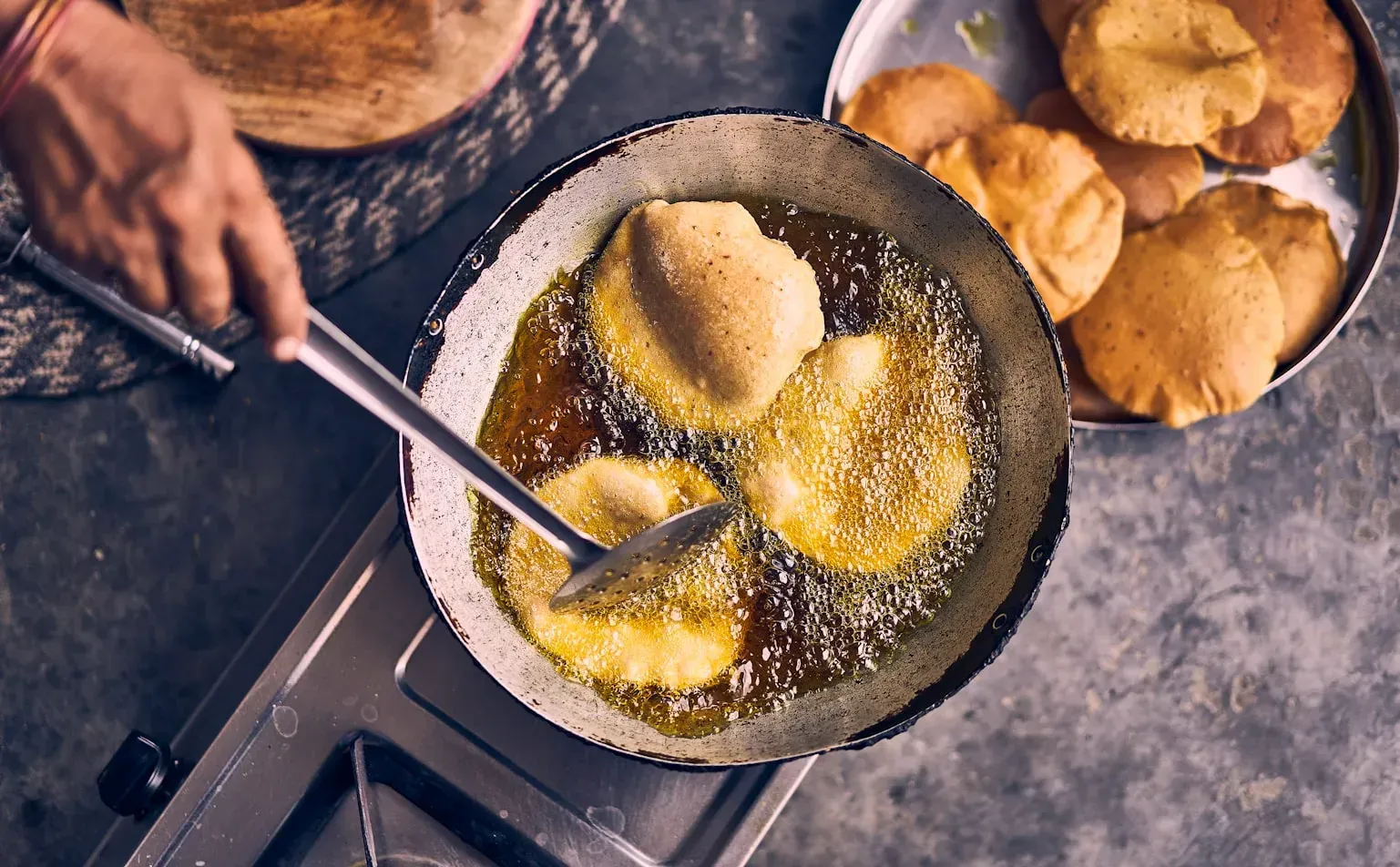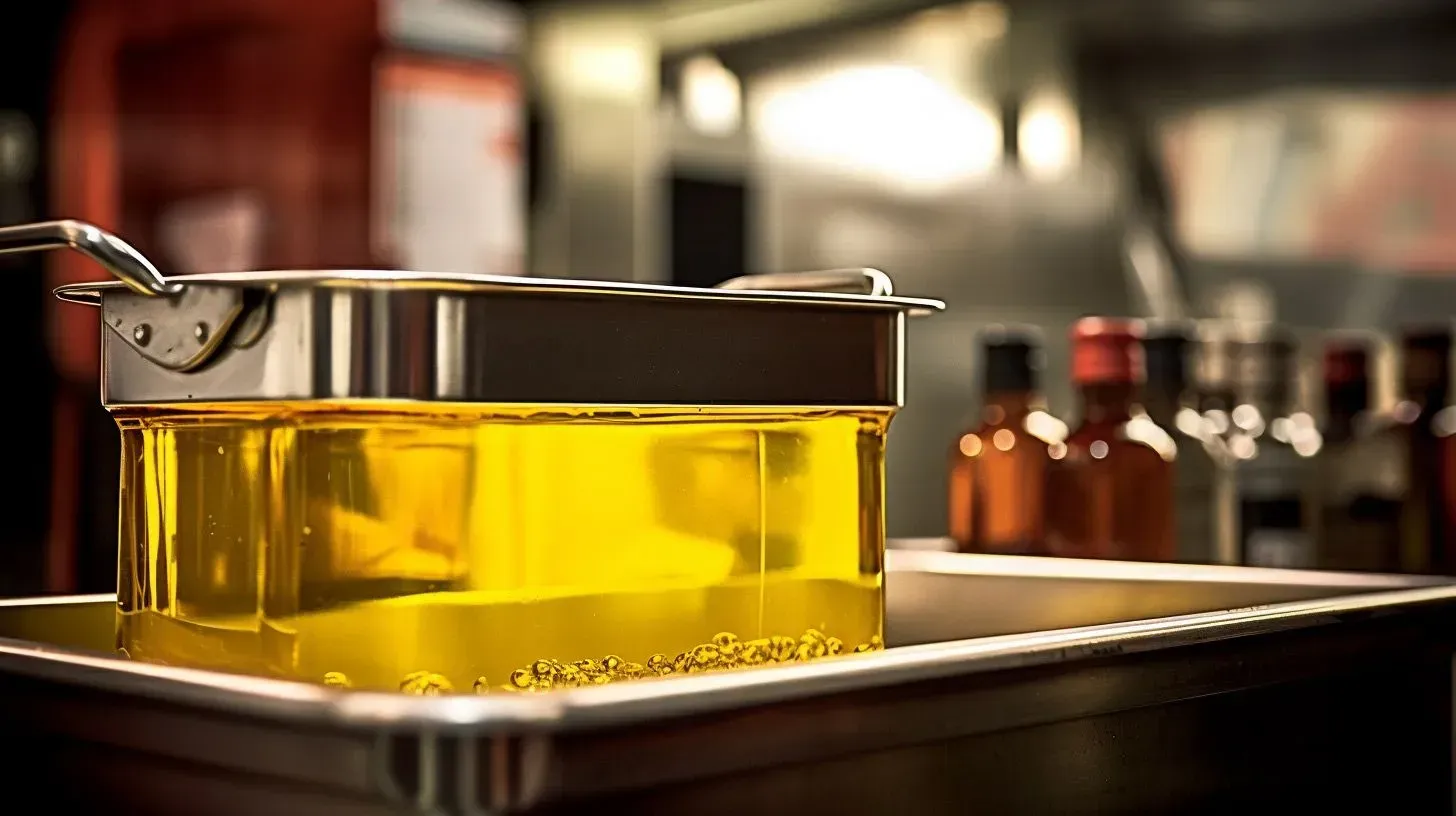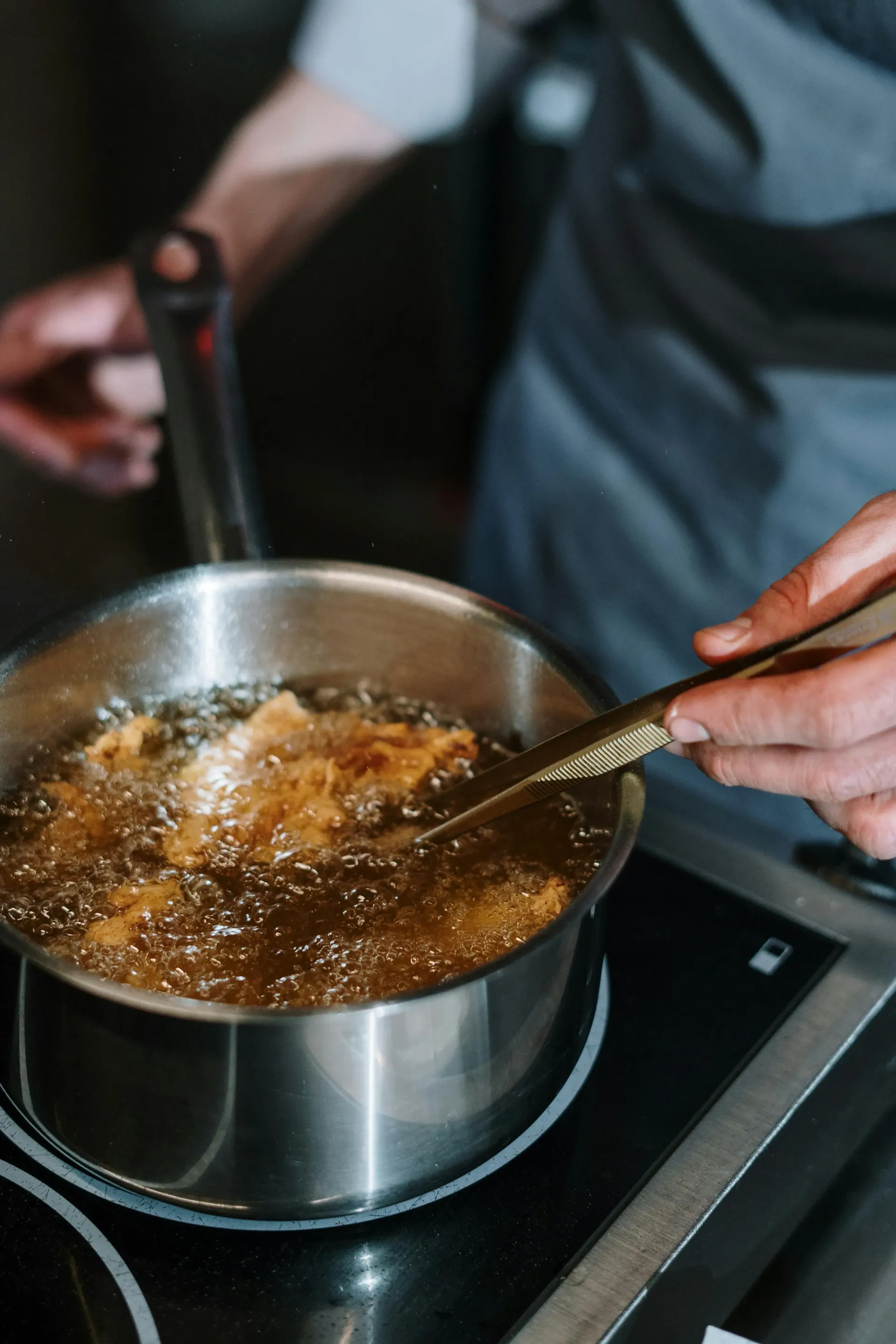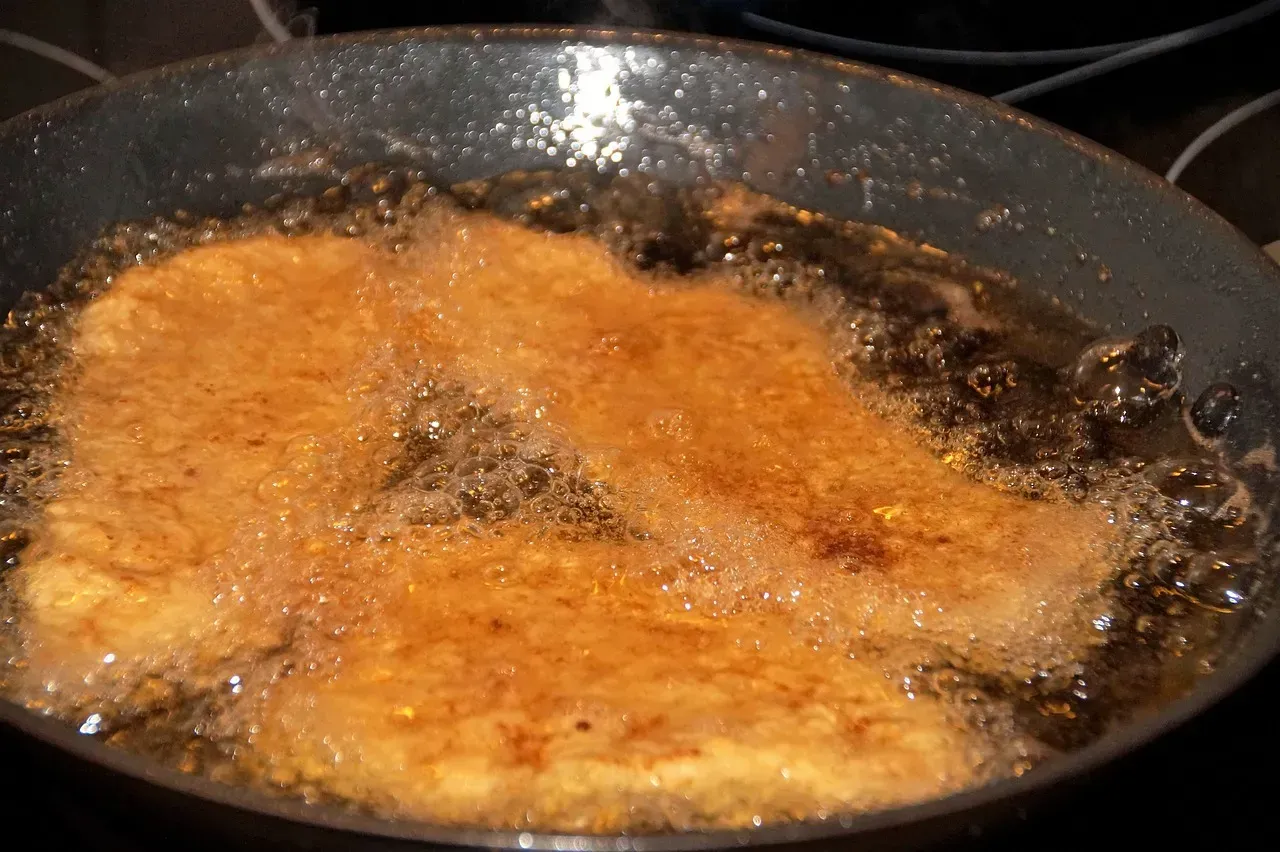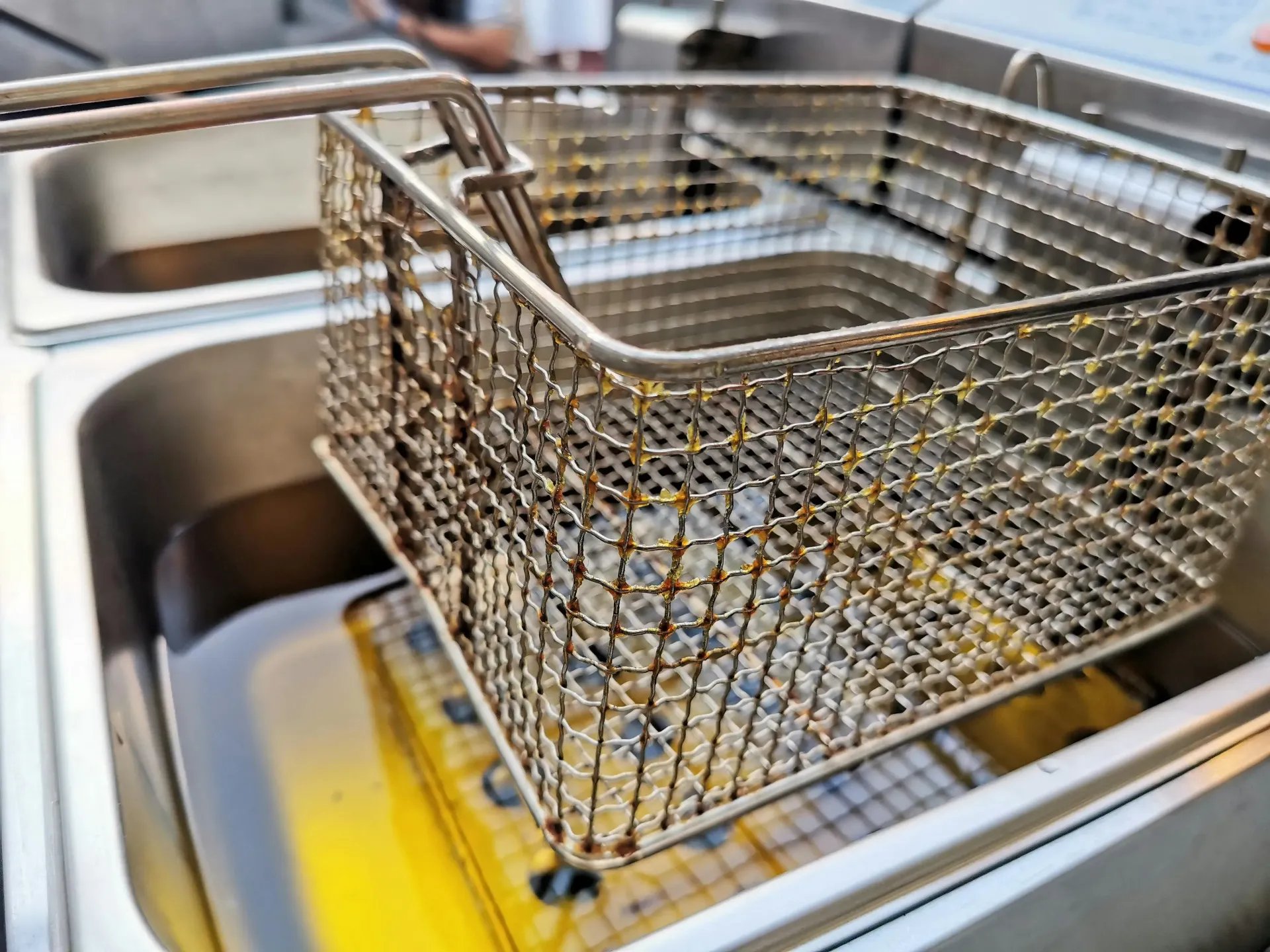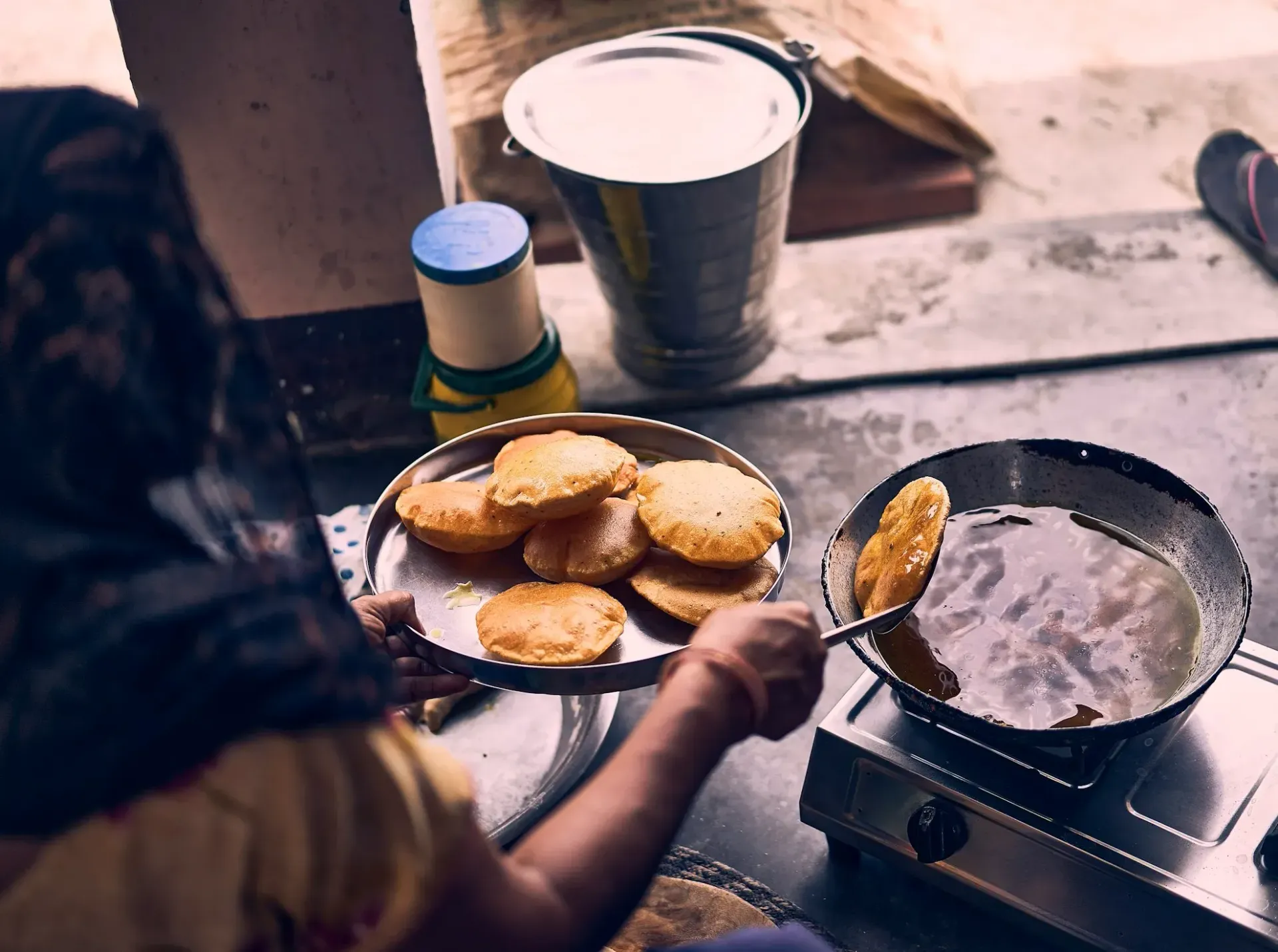Call Us Today!
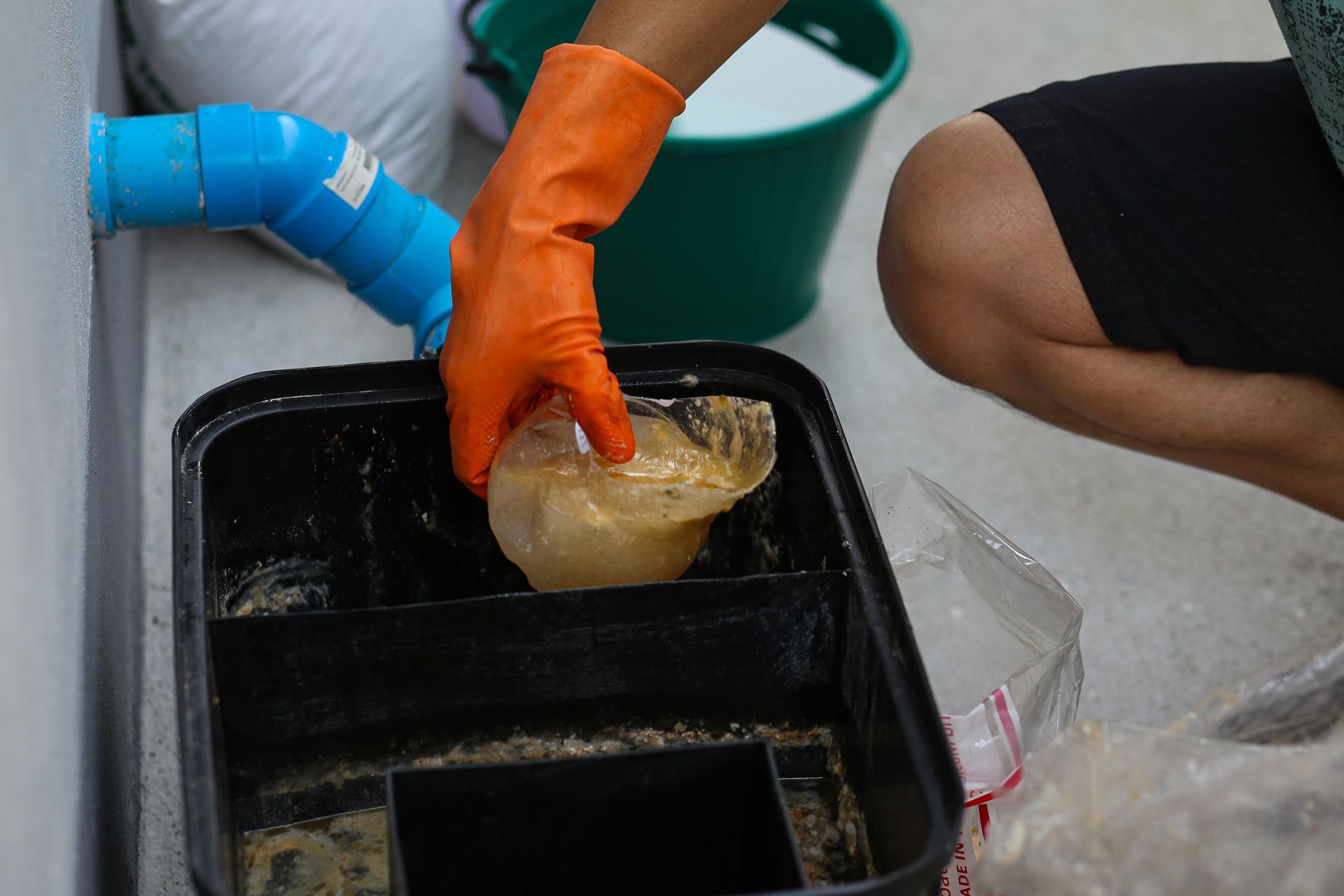
How Often Should You Clean Your Grease Trap?
Grease traps keep commercial kitchens running smoothly, but they need regular cleaning to do their job. When you skip maintenance, grease and food waste build up, causing slow drainage, bad odors, and plumbing backups. Ignoring it for too long can lead to expensive repairs, health code violations, and even business shutdowns.
So, how often should you schedule grease trap cleaning? That depends on kitchen size, daily grease output, and local regulations. In this guide, we’ll break down the recommended cleaning schedule for different types of food establishments and how to tell when your grease trap needs immediate attention.
Want a full breakdown of how grease traps work and why they matter? Check out our comprehensive grease trap guide.
Why Grease Trap Cleaning Frequency Matters
A grease trap does more than just catch grease—it protects your plumbing, keeps your kitchen sanitary, and ensures you follow health regulations. Cleaning it on time isn’t just about avoiding bad smells or slow drains; it directly impacts your business operations.
Prevents Clogs and Costly Plumbing Repairs
When grease and food waste build up, they harden and block your pipes. Over time, this can lead to serious plumbing issues, forcing you to pay for expensive repairs or emergency services. Regular cleaning keeps everything flowing smoothly and prevents backups that could shut down your kitchen.
Eliminates Bad Odors
A dirty grease trap smells awful. As grease and food particles break down, they release strong, foul odors that can spread throughout your kitchen and dining area. This isn’t just unpleasant—it can drive away customers and make working conditions unbearable for your staff.
Keeps Your Business Compliant with Health Codes
Most cities and states have strict regulations for grease trap maintenance. If you let grease accumulate beyond legal limits, you could face fines, penalties, or even temporary closure. Health inspectors check grease traps regularly, so staying on top of cleaning helps you avoid compliance issues.
Protects the Environment
When grease traps overflow, fats, oils, and grease (FOG) can enter the local sewer system, causing blockages and pollution. Many municipalities issue heavy fines to businesses that let grease escape into wastewater. Proper maintenance ensures your kitchen isn’t contributing to sewer problems or environmental damage.
Recommended Grease Trap Cleaning Schedule by Business Type
The frequency of grease trap cleaning depends on how much grease your kitchen produces daily. A small café won’t need cleaning as often as a busy fast-food restaurant. Below is a breakdown of recommended cleaning schedules based on business type.
Small Establishments (Low-Volume Kitchens)
Examples: Coffee shops, food trucks, small cafés, bakeries
Recommended cleaning: Every 4 to 6 weeks
If your kitchen doesn’t cook with a lot of oil or grease, you may not need frequent cleanings. However, even small grease traps can fill up quickly, so regular maintenance is still necessary to prevent clogs and bad odors.
Medium-Sized Restaurants & Casual Dining
Examples: Family restaurants, diners, fast-casual chains
Recommended cleaning: Every 1 to 2 months
These kitchens handle more grease than a small café, meaning grease traps fill up faster. To stay compliant and avoid plumbing issues, cleaning every 4 to 8 weeks is ideal.
High-Volume Restaurants & Large Commercial Kitchens
Examples: Fast food chains, hotel kitchens, hospital kitchens, catering businesses
Recommended cleaning: Every 2 to 4 weeks
High-volume kitchens produce a large amount of grease daily. If the grease trap isn’t cleaned regularly, it can quickly overflow, leading to backups and compliance violations.
Industrial Food Processing Facilities
Examples: Meat processing plants, large-scale food manufacturers
Recommended cleaning: Weekly to biweekly
Food processing plants deal with extremely high grease output, making frequent cleanings a necessity. Failing to maintain a strict schedule can lead to severe blockages and environmental hazards.
The "1/4 Rule": A Key Indicator for Cleaning
Even with a set cleaning schedule, grease traps can fill up faster than expected. That’s why many experts follow the 1/4 Rule to determine when it’s time for maintenance.
What Is the 1/4 Rule?
The 1/4 Rule states that when grease and solid waste fill 25% of your grease trap’s capacity, it’s time for a cleaning. Once it reaches this level, the trap starts losing efficiency, and grease can escape into your plumbing system, causing blockages and overflows.
What Happens If You Wait Too Long?
Ignoring the 1/4 Rule can lead to serious problems:
- Clogged drains – Grease solidifies and blocks your pipes.
- Foul odors – Decomposing food waste releases strong, unpleasant smells.
- Health code violations – Inspectors may issue fines or shut down your business.
- Costly repairs – Neglecting maintenance can lead to expensive emergency plumbing services.
How to Monitor Grease Levels
- Use a dipstick – Check the grease level regularly to see how fast it’s filling up.
- Keep a maintenance log – Track cleanings and grease buildup over time.
- Work with professionals – A grease trap service can monitor levels and recommend the best cleaning schedule for your kitchen.
Sticking to the 1/4 Rule ensures your grease trap stays effective and your business avoids costly problems.
Factors That Affect Your Grease Trap Cleaning Schedule
Not all kitchens generate the same amount of grease. Some grease traps fill up faster than others, even if they’re the same size. Understanding the factors that impact cleaning frequency helps you stay ahead of potential issues.
Menu Type
Certain foods produce more grease than others. If your kitchen specializes in:
- Fried foods – Burgers, fried chicken, and fries create heavy grease buildup.
- Dairy-based dishes – Cheese, butter, and cream add to grease accumulation.
- Meat-heavy meals – Fat from beef, pork, and bacon contributes to blockages.
If your menu relies on these ingredients, you’ll need more frequent grease trap cleaning.
Daily Customer Volume
The more meals you serve, the more grease your kitchen generates. A small café serving 50 customers a day won’t need cleaning as often as a busy restaurant serving 500. High-traffic kitchens should schedule cleanings more frequently to prevent backups.
Trap Size and Capacity
Grease traps come in different sizes, typically measured in gallons per minute (GPM). A small trap (10-20 GPM) fills up much faster than a large interceptor (100+ GPM). If your grease trap is small but your kitchen produces a lot of grease, you’ll need to clean it more often.
Local Regulations
Cities and states have different grease trap maintenance rules. Some require monthly cleanings, while others use grease thickness measurements to determine when cleaning is needed. Always check local health codes to avoid fines and stay compliant.
Understanding these factors helps you adjust your cleaning schedule to prevent overflows, odors, and plumbing problems.
Signs Your Grease Trap Needs Immediate Cleaning
Even with a set cleaning schedule, grease traps sometimes fill up faster than expected. Ignoring a full grease trap can lead to serious plumbing issues, health risks, and even fines. Watch for these warning signs that tell you it’s time to schedule a cleaning right away.
1. Slow Drainage and Backups
If sinks, dishwashers, or floor drains take longer to empty, your grease trap could be clogged. A slow drain means grease is building up and restricting water flow. If left unchecked, it can cause complete blockages that shut down your kitchen.
2. Persistent Foul Odors
A strong, rancid smell coming from your grease trap or kitchen drains is a red flag. As grease and food waste break down, they release sulfuric and rotten egg-like odors. If you notice a lingering bad smell, your grease trap is overdue for cleaning.
3. Visible Grease Overflow
If you see grease backing up into sinks or pooling around your grease trap, it’s completely full. This can lead to plumbing damage and health violations. Overflowing grease traps are a sign of extreme buildup and need immediate professional service.
4. Increased Pest Activity
Grease buildup attracts pests like cockroaches, flies, and rodents. If you start noticing more pests in your kitchen, your grease trap could be the source. Cleaning it regularly helps prevent infestations that could threaten your health inspection score.
5. You’ve Exceeded the 1/4 Rule
As mentioned earlier, grease traps should never be more than 25% full. If your trap has reached this limit, it’s time for a cleaning—even if you’re not due for one yet.
If you notice any of these warning signs, don’t wait. A neglected grease trap can lead to major plumbing failures, costly fines, and even business closures.
DIY vs. Professional Grease Trap Cleaning: What’s Best for Your Business?
Cleaning a grease trap isn’t as simple as dumping out the grease. It requires proper handling, disposal, and compliance with local regulations. Some businesses try to handle cleaning on their own, but is that the best choice? Here’s a breakdown of DIY vs. professional grease trap cleaning and which option works best for your kitchen.
DIY Grease Trap Cleaning
✅ When It’s an Option:
- Small grease traps (under 20 gallons).
- Low-volume kitchens with minimal grease waste.
- Businesses that can dedicate time and staff to cleaning.
❌ Challenges of DIY Cleaning:
- Labor-Intensive – Scraping out grease and solids takes time and effort.
- Messy and Unpleasant – Handling decomposing grease can be overwhelming.
- Improper Disposal Risks – Grease waste cannot go down the drain or in regular trash.
- Health Code Violations – If grease isn't fully removed, you could still fail an inspection.
Professional Grease Trap Cleaning
✅ Why It’s the Better Choice:
- Thorough Cleaning – Professionals remove all grease, solids, and sludge.
- Compliance with Local Laws – Waste is disposed of according to health regulations.
- Prevents Plumbing Issues – Regular service reduces the risk of blockages and backups.
- Saves Time and Labor – Your staff can focus on running the kitchen, not scrubbing grease traps.
Which One Should You Choose?
For small traps, occasional DIY maintenance can help, but professional cleaning is the best option for long-term reliability. A trained grease trap service ensures your system stays clean, compliant, and efficient—without the mess or risk of plumbing disasters.
Compliance and Legal Requirements: What You Need to Know
Failing to clean your grease trap on time isn’t just bad for your plumbing—it can also put your business at risk of fines, penalties, or even shutdowns. Local health departments and environmental agencies enforce strict regulations on grease trap maintenance to protect public sewers and prevent pollution.
Health Department and Environmental Regulations
Most municipalities have laws that require businesses to:
- Follow a set cleaning schedule – Many areas require monthly or quarterly cleanings.
- Keep maintenance records – Some states mandate that businesses log each grease trap cleaning and keep records for at least 1-3 years.
- Dispose of grease properly – Dumping grease into regular trash or drains can lead to severe fines and environmental violations.
What Happens If You Don’t Comply?
Ignoring grease trap regulations can lead to:
- Fines ranging from $500 to $10,000+ depending on local laws.
- Health inspection violations that could force temporary closures.
- Blocked city sewer lines, resulting in legal action against your business.
- Increased water utility fees if your grease levels exceed permitted limits.
How to Stay Compliant
- Check your city’s grease trap laws – Every location has different regulations.
- Work with a licensed grease trap service – They ensure cleanings meet legal standards.
- Keep a maintenance log – This proves compliance if an inspector asks for records.
Following local laws not only protects your business from fines but also keeps your kitchen running smoothly without unexpected plumbing issues.
Keep Your Business Running Smoothly
Regular grease trap cleaning isn’t just about avoiding clogs—it’s about protecting your business, staying compliant, and preventing costly plumbing disasters. Whether you manage a small café or a large industrial kitchen, keeping up with routine maintenance saves you time, money, and unnecessary stress.
Trust Grease Guys for Reliable Grease Management
Here at Grease Guys, we handle the dirty work so you don’t have to. Our grease trap cleaning, grease trap pumping, and cooking oil collection services are designed to keep your business compliant and running without interruptions. We proudly serve Washington, Spokane, Sandpoint, Western Idaho, and North Oregon, helping restaurants, casinos, and industrial facilities maintain clean, efficient operations.
We’re available 24/7, use eco-friendly disposal practices, and ensure every job is done right the first time. Whether you need a one-time service or a routine maintenance plan, we’re your go-to team for hassle-free grease management.
Schedule Your Service Today
Don’t wait for grease problems to slow down your business. Contact Grease Guys now for expert grease trap cleaning and cooking oil collection services in Washington and beyond.
Send us a Message
We will get back to you as soon as possible
Please try again later
OUR SERVICES
TIPS & ARTICLE
GET IN TOUCH
Phone: (855) 227-6060
Email: info@greaseguys.com
Address: 3188 Road M.2 NE, Moses Lake, WA 98837, United States of America
Business Hours:
- Mon - Sun
- Open 24 Hours
AREAS WE SERVE
© All Rights Reserved • LocalEyes | Terms of Use | Privacy Policy
